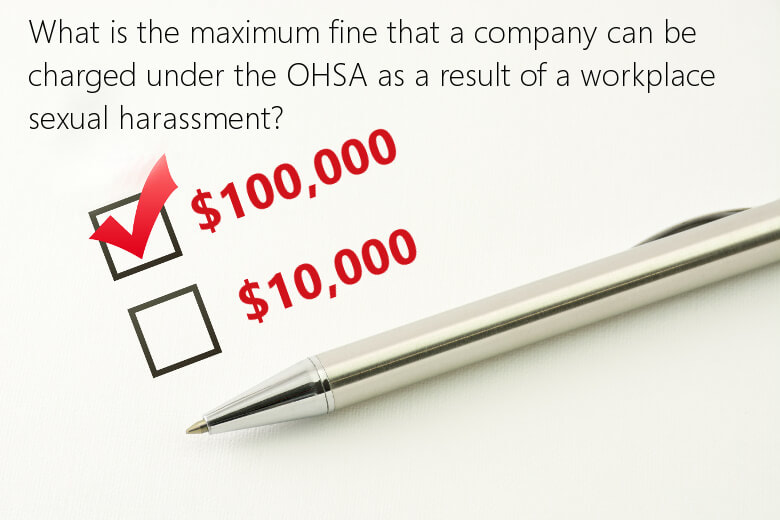Understanding employer duties with respect to workplace harassment under the OHSA
|
As workplaces across Ontario prepare for holiday parties and social gatherings, we encourage all employers and managers remind everyone in the workplace about Ontario's workplace violence and harassment legislation
Ontario’s Occupational Health and Safety Act (OHSA) provides protection for workers against workplace violence and harassment, including sexual harassment. Employers have specific duties with respect to workplace harassment under the OHSA. It is the employer’s responsibility to take all reasonable precautions necessary to ensure employees know the laws and understand how to best protect themselves. It is important for employers to address any unwanted behaviours early to minimize the potential for workplace harassment to lead to workplace violence. In this article, we review: |
Legislation
Bill 168, passed in 2010, is part of the Occupational Health and Safety Act that requires employers to develop, implement, and maintain policies and programs regarding workplace violence and harassment.
Bill 132, effective on September 8, 2016, contains significant amendments to the Ontario Occupational Health and Safety Act. Included among these amendments are: An expansion of “workplace harassment” to now include “workplace sexual harassment.”
Bill 132, effective on September 8, 2016, contains significant amendments to the Ontario Occupational Health and Safety Act. Included among these amendments are: An expansion of “workplace harassment” to now include “workplace sexual harassment.”
Quiz Answer |
Impacts for Canadian WorkplacesThe impact of sexual assault goes far beyond direct victims. Each year, sexual assault costs Canadian society billions of dollars. In 2009, dealing with sexual assault and related offenses cost the Canadian economy an estimated $4.8 billion.
It is the employer’s responsibility to take all reasonable precautions necessary to ensure employees know the laws and understand how to best protect themselves. This includes ensuring that workers, managers and supervisors understand the sources of workplace violence and harassment (including both internal and external sources) and their roles and responsibilities in maintaining a safe and healthy workplace that is free from violence and harassment. It is important for employer’s to understand the potential sources and impacts of workplace violence and harassment to develop a robust policy for managing these issues. |
Examples of workplace sexual harassment
|
There is a continuum of unwanted behaviours that can occur in a workplace. This can range from offensive remarks to violence. Some examples of sexual harassment are:
|
 |
Related Courses
- Workplace Violence and Harassment training
- For more information about workplace violence and harassment legislation and best practices for developing a workplace violence and harassment policy, please contact MidSouthWest today.
Last updated November 14, 2019






